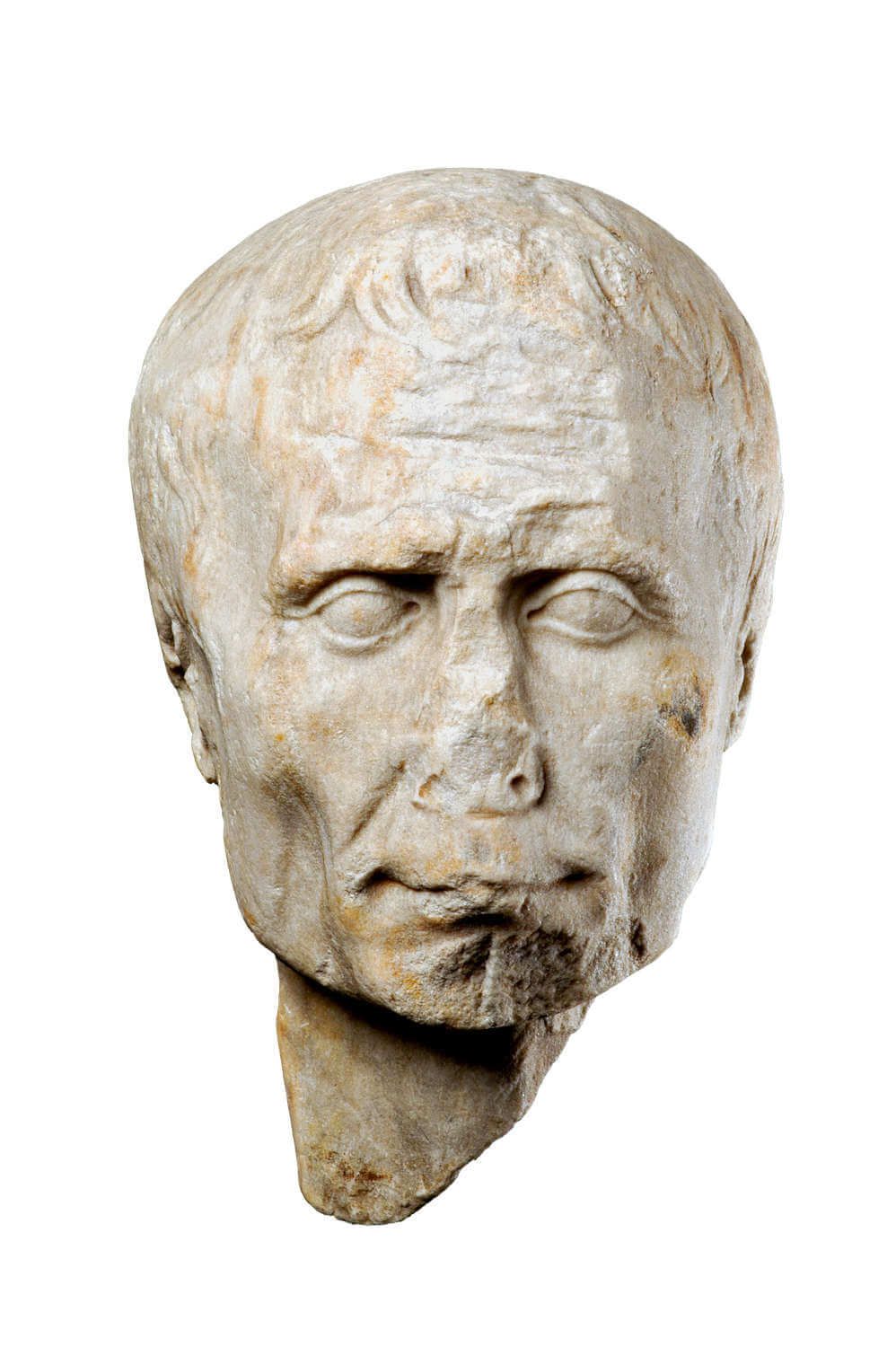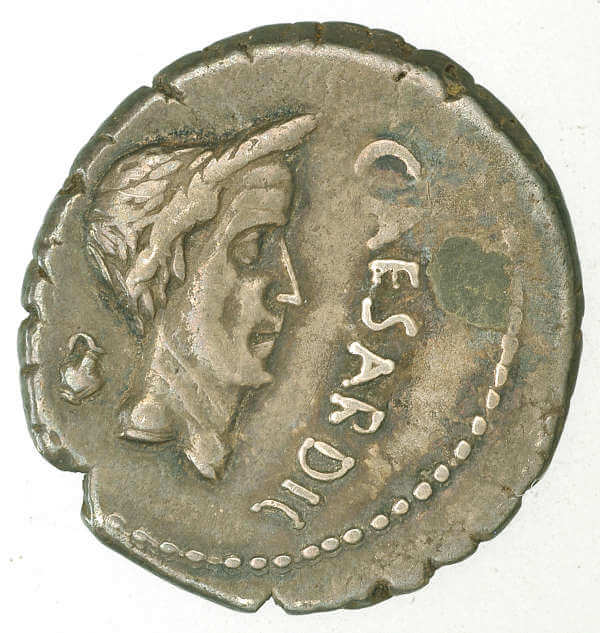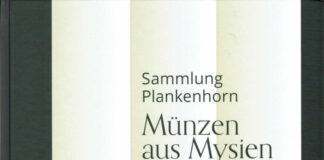
The special exhibition “Ave Caesar! Romans, Gauls and Germanic tribes on the banks of the Rhine” highlights until 30th April 2023 in the Antikenmuseum Basel and Sammlung Ludwig the relationships between the advanced civilizations of the Mediterranean region and the indigenous Gaulish and Germanic tribes on both sides of the River Rhine. The river is the central theme around which the various fascinating aspects of these contacts have been staged. Visitors will find themselves moving around on a huge game board using their own initiative while exploring the exhibition, which is divided into five parts.
Entitled “The seat of a Celtic ruler”, the first part of the exhibition deals with the Celtic ruling class and their magnificent estates around 500 BC. Their wealth was partially based on their control of shipping on the River Rhine. The Celts engaged in lively trade with the Greeks and Etruscans. On merchant ships, wine and luxury commodities were transported north from the Mediterranean, while the merchants there loaded their own ships with metals, salt, furs and slaves bound for the south. The exchange was not limited to goods only, but also extended to cultural influences.
From 80 BC, the Celts became embroiled in inter-tribal conflicts centred on claims of power and territory. This led to the construction of fortified settlements. The section on the “Celtic settlement” illustrates how the Basel Celts abandoned their unfortified settlement on the Rhine and constructed a new fortification on the Münsterhügel hill. Between 58 and 52 BC, Gaius Julius Caesar took advantage of these disputes to extend Roman rule as far as the Rhine.
The Romans subsequently built numerous military bases on the left bank of the River Rhine to secure the conquered territories. At the same time they also served as staging points for campaigns against the Germani on the right bank of the Rhine. Tens of thousands of Roman officers and soldiers with disposable income were garrisoned on the Rhine. Boosting the local economy and trade, they also upgraded the infrastructure in the area. A modern road network ensured that the frontier was supplied with troops and provisions. Under the heading “Roman legionary camp”, the third part of the exhibition shows how the legionaries lived in the region and how their campaigns against the Germanic tribes on the right bank of the Rhine progressed.
From c. AD 85, the conquered territories became official Roman provinces and were subsequently known as Germania inferior and Germania superior. On the Upper Rhine, the Romans now also controlled the right bank of the river. The river was the main transport route for the new provinces. “Roman country estate”, the fourth part of the exhibition, is devoted to the way in which food supplies for the growing population were maintained and shows which Mediterranean foods were newly grown in the Rhine region at that time.
The final part of the exhibition is entitled “Roman colony” and illustrates how Roman culture became established in the conquered territories. New towns and cities were built in the Mediterranean style with stone constructions, public buildings and an efficient water supply. The increasing urbanization and a single currency for the entire Roman empire led to an economic boom on the Rhine. It was not until the end of the 2nd century AD that the economic and political situation began to decline due to disease and Germanic incursions. The last Roman legions were withdrawn from the region north of the Alps in AD 401.
An Unexpected Production
The exhibition is set up like a huge game board for visitors to move about on while discovering a fictional landscape and coming into contact with both the indigenous and Roman populations on the River Rhine. An entertaining audio guide gives a voice to Romans, Gauls and Germani so that they can relate their stories and share their joys and sorrows.
A Programme for Families and Children
Especially for our younger audiences and for games enthusiasts, we have developed a game of questions and answers called Vade mecum! The card game guides them through the exhibition and provides an insight into the different areas of life on the River Rhine 2000 years ago. The set of cards is available from the museum’s front desk and is included in the admission fee.
For further information please go to the website of the Antikenmuseum Basel.
See here how Romans depicted Gauls on their coins: Human Faces Part 10: In the Face of the Enemy.













